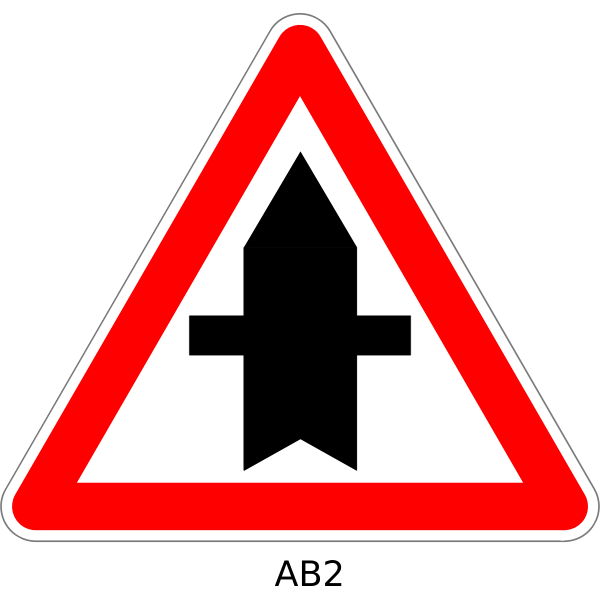

Left turns on red arrow from a one-way street into a one-way street are also allowed. Some intersections display a "NO TURN ON RED" sign, which you must obey. After stopping, you may turn right on red arrow at most intersections if the way is clear. If turning left, wait for gap in oncoming traffic to complete turn.Ĭome to a complete stop at the marked stop line or before moving into the crosswalk or intersection. Yield to pedestrians and vehicles still in the intersection. Go - but only if the intersection is clear. Left turns on red from a one-way street into a one-way street are also allowed. Some intersections display a " NO TURN ON RED" sign, which you must obey. After stopping, you may turn right on red at most intersections if the way is clear. If traffic signals are out of order, stop as you would for a four-way stop sign.Ĭome to a complete stop at the marked stop line or before moving into the crosswalk or intersection. Some signals change only when a car is at the stop line. Stop on the stop line if your car is nearest the signal.
_INPS-191-87_0.jpg)
Drivers, pedestrians, and bicycle riders must obey these signals except when an officer is directing traffic. Traffic signals are placed at intersections to keep traffic moving and avoid accidents. Chapter 4 Chapter 4: Signals, Signs and Pavement Markings Traffic Control Signals


 0 kommentar(er)
0 kommentar(er)
